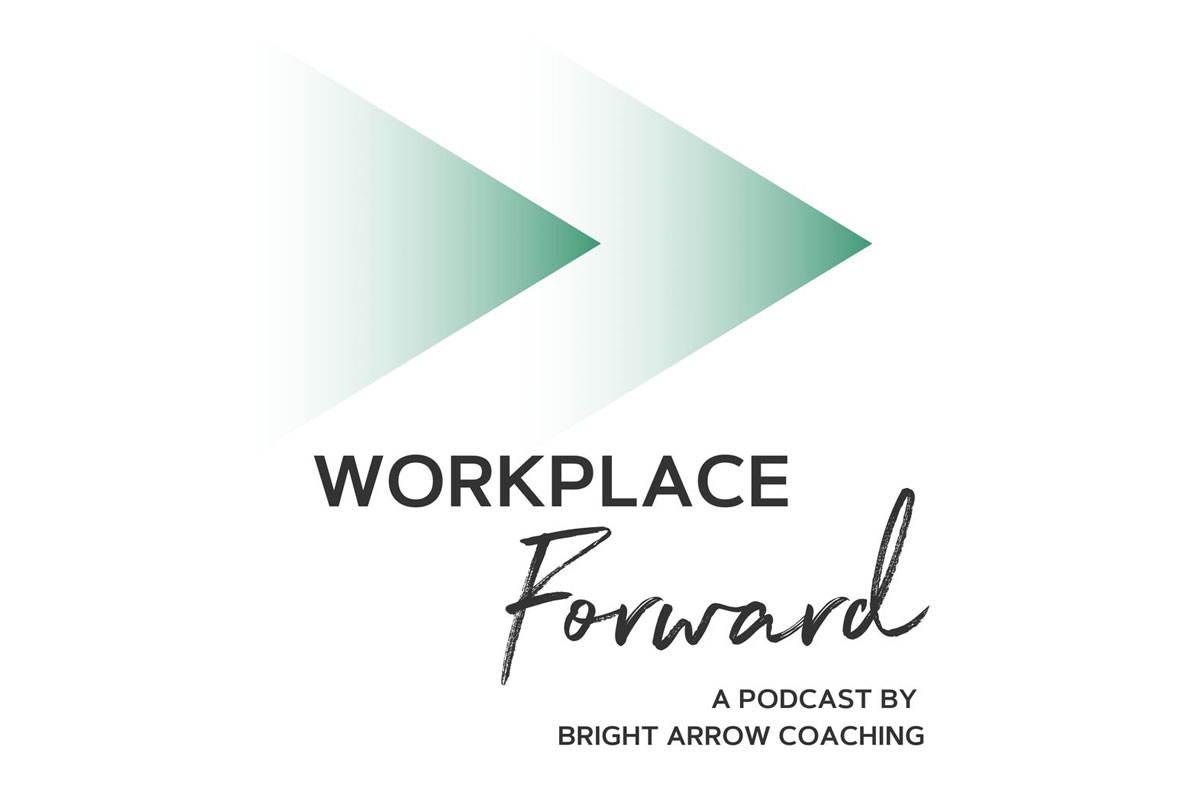“She’s a likable person, but until I trust her I can’t have her back.”
That’s what a senior leader in a large global company recently shared with me. His comment echoes what I’ve heard from several other leaders as of late: the concept of trust as the foundation of successful relationships, professional or personal.
The Merriam-Webster dictionary defines trust as “assured reliance on the character, ability, strength, or truth of someone or something.” According to researcher and author Brené Brown, “Trust is a product of vulnerability that grows over time and requires work, attention and full engagement.” Stephen Covey, author of The 7 Habits of Highly Effective People said “Without trust we don’t truly collaborate, we merely coordinate or, at best, cooperate. It is trust that transforms a group of people into a team.”
But why does trust matter at work? Sure, it makes us feel better, but that’s not enough to inspire most leaders? Data from a study published in Harvard Business Review (Zak, 2017) showed that companies with higher levels of trust resulted in:
- 74% less stress
- 106% more energy at work
- 50% higher productivity
- 13% fewer sick days
- 76% more engagement
- 29%more satisfaction with their lives
- 40% less burnout.
Trust allows us to debate, disagree or challenge a team member’s approach or decision to find the best outcome for the organization. That, in turn, enables greater innovation, faster decision making, and creates a more positive workplace culture – it’s not difficult to draw a line to trust’s impact on a company’s bottom-line.
Often, we think we either trust someone or we don’t. But, it is more complicated than that. Trust is not all or nothing. There are several factors that can impact trust. Charles Feldman describes the Four Distinctions of Trust in his book Thin Book of Trust: An Essential Primer for Building Trust at Work. 2nd Edition:
Feldman’s Four Levels of Distinction
1. Care – Do you have the best interest of both you and the other person in mind? If you only think of yourself and how something might impact you, others will not trust you. The Distinction of Care might have the biggest impact on trust; although people might believe that you’re Sincere, Reliable and Competent (more on each below) they’ll hold back on trust if they don’t think you Care. An example of this that I have seen in my executive coaching practice is supporting a team member’s attendance at a professional development program that will grow their skills and competencies and might eventually lead to opportunities in other departments or companies. Taking the time to ask people you work with for their interests or concerns and recognizing where you have common experiences or interests is another example. When people know you care about them you don’t have to convince them every time you need their trust.
2. Sincerity – Do you say what you mean? Are you believable and honest? This is about acting with integrity and being honest; your opinions are thoughtful and based in sound thinking or evidence. Your actions align with your words. You share complete information in a timely manner. As a leader, this is when you communicate business critical decisions along with the rationale for those decisions even when it’s a tough message. If you can’t share all the details, now or ever, explain when you will or why you can’t share more. Inaccuracy or omission of important information will negatively impact your sincerity and therefore trustworthiness.
3. Reliability – Do you deliver on commitments and timelines with quality, complete outputs? When you can’t meet commitments, do you let people know as soon as you know you can’t? In today’s environment of constantly changing priorities, conflicting timelines and countless demands on time and energy we can start out with the best of intentions and still fall short in delivering on a responsibility. This is an area that I often hear about when coaching executives. They are frustrated because a team doesn’t come through with a high-quality or complete deliverable. When this happens, I encourage a “help me help you” approach by making sure the request and expectations are crystal clear, there are agreed to check-in points and opportunities to ask questions and you don’t have any unstated assumptions or intentions.
4. Competence – Do you have the knowledge, ability, and technical skills to deliver on the job or project? When it comes to Competency it is not about you being perfect in your specific discipline. It’s about knowing when you need to delegate or consult with an expert – “knowing what you know, know what you don’t know.” Executive leaders need to be careful not to project the “brightness effect” on a team member. I recently coached the Executive Medical Director of a mid-sized healthcare system. He had been a very successful physician while working in the clinical setting, but was struggling to manage the multi-million-dollar operating budget he was now responsible for. He was so concerned about going over budget that he wouldn’t approve releasing funds for a needed IT upgrade. His medical competency and executive leadership role didn’t provide any finance skills. Once he was able to spend more time with the Finance and IT teams, he was able to gain a greater understanding, and plan to increase his competence in both finance and IT.
In today’s increasingly uncertain, dynamic, and fast-paced workplace demonstrating behaviors and understanding language around trustworthiness will help teams build real trust and address mistrust. To get started, consider these two questions:
- What is your level of trustworthiness of yourself in Feldman’s 4 Levels of Distinction?
- What level of trustworthiness do you have with your team member’s in Feldman’s 4 Levels of Distinction?
When people answer these two questions, they almost always rate themselves as more trustworthy than others. If that’s the case, how do we close the gap? We need to go back to something that scares most people – vulnerability. What does that look like? It’s acknowledging a mistake, asking for help, or saying “I don’t know but let’s figure it out together.” When we are vulnerable it’s easier to build genuine connections, relations and mutual respect.
We can’t begin to trust one another until someone is vulnerable and it’s hard to be vulnerable until we believe someone cares. At the 2023 World Government Summit Amy Cuddy said it simply, “If you’ve not shown that you understand and care about them, they can’t hear what you’re saying.”
That’s what I asked the senior leader who was struggling to have his team member’s back, “How will she know that you care?” And I ask you something similar, how do you show you care?
To learn more about Bright Arrow Certified Coach and post author Deb Skarda, visit her profile here.









